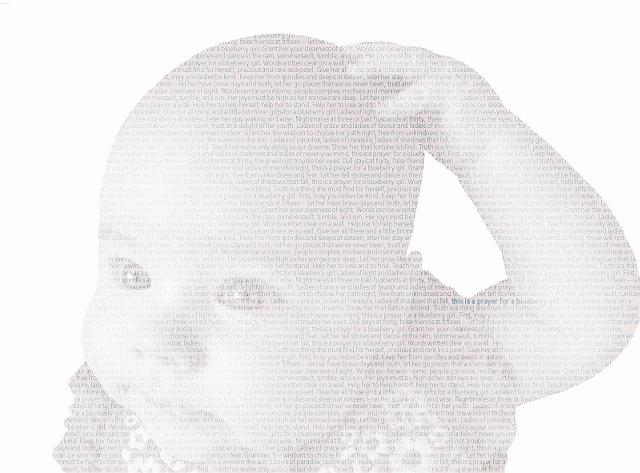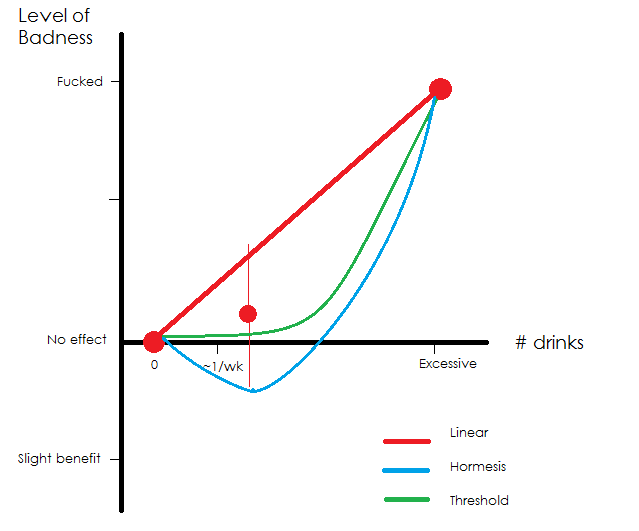I haven’t posted much on the housing bubble lately because there hasn’t been much to say: I’ve been more of a bottom-up than top-down person, so each monthly release of building starts, sales numbers, or immigration figures doesn’t affect what I’ve already said about the individual decision of whether to rent your shelter or rent the money for one from the bank. I think I may have exhausted the limits of what a spreadsheet can do.
Plus, the story is all over the news now, it’s not like you really need me to keep digging up nuggets of information for you. The correction looks like it’s started in Vancouver, with both sales volumes and prices plunging over the past few months – though I’d wait a bit longer before lighting the ceremonial bonfire and starting the dance of the bear, as the typical summer seasonality is probably distorting things. I don’t have to stick to any kind of short-term news cycle, so I’d prefer to wait at least a year before calling it.
Hey, these things move slowly.
That torpid pace and the tendency for volumes to dry up as the correction starts also means that for many, it’s too late to cross over to the bear camp. The time to consider long-term implications was over the past few years — when I was most heavily posting on the matter — when it was easy to sell for a profit if you had bought, when you had the luxury of time to locate a high-quality rental. Not now that the cracks are starting to show. For most, by the time the procrastinating and hand-wringing is done there’s little to do but watch as it unfolds, particularly if they’re paralyzed at the prospect of taking even minor losses (preferring instead, as many do, to wait for major losses).
Toronto isn’t looking as strained yet: volumes are down something like 10% while prices hold steady… but there are anecdotal signs out there of realtors talking of slow-downs, buyers holding off and refusing to enter bidding wars, and new condos that aren’t sold out within minutes of the presale doors opening. But by this time next year I expect the correction to have (finally!) begun.
Meanwhile, the talking heads speak of soft landings and single-digit corrections. Many are quoting verbatim the things the US vested-interests said before the bubble collapsed there, like “it’s not a bubble, it’s a balloon, the air will come out slowly.†Kind of ridiculous.
The bank economists keep revising their forecasts down, and this by the way is a feature of bank economist predictions — for stocks as well as real estate. First they’ll predict that prices will be flat. Then maybe a 5% correction. Then 10%. As house prices fall and approach that 10% mark, the forecast will be revised again to 15%, and so on. The expectations are “walked” down. They don’t suddenly awake to the over-valued state one day and turn bearish (or at least, their writing doesn’t) which is why I’ve never put much stock in their predictions. Plus many like Scotia’s this week will talk about modest numbers for the country as a whole, leaving unsaid what happens to the particular cities driving the action.
The same is not true of home buyers: they can and do suddenly turn bearish. When prices are rising rapidly, people build rising prices into their assumptions and plans to buy (e.g., in their mental version of my rent-vs-buy spreadsheet, they’ll put in a high value for expected appreciation, skewing the decision towards buying). They don’t see a higher house price as a bad thing – the house being more expensive and shelter costing more – they see it as something positive. The opposite happens as prices fall: buyers don’t suddenly turn into value-hunters, glad to see that the house they were lusting after the year before can now be had for 10% less. Instead they put a lower number into that mental (or actual) rent-vs-buy spreadsheet, and hold off further. Why buy now if it will be even cheaper next year?
This psychology drives bubbles and crashes. It is inherently unstable, which is why all the calls for a soft landing are so misguided. There are very few examples in history of soft landings happening.
One example is recent though: Alberta. Going into the GFS, Calgary & Edmonton real estate was arguably even more over-valued than Toronto real estate. In late 2008, the market there seized as it did in Toronto and Vancouver, falling 10-15% in just a few months. Then, interest rates cratered, credit began to flow, and Toronto and Vancouver recovered and rocketed ahead to new heights in the years since while Alberta flattened out.
Alberta then has shown that a so-called soft landing is possible: a snappy 15% nominal price decline followed by a few years of stagnation while inflation helps the fundamentals catch up.
The thing is, there’s a pretty exceptional set of circumstances that lead to that soft landing: namely an incredible drop in mortgage rates that cannot now be repeated in Toronto and Vancouver – where those same rates were insanely stimulative. Without that factor, who knows? Alberta real estate might have fallen another 15% by now.
Even with that unlikely soft-landing, it was not a good time to be invested in Alberta real estate: if you had bought in the few years before 2008 without much of a downpayment, you’d still be underwater now; those who chose to rent can be proud of that decision. The soft-landing, also known as correction by stagnation, will likely continue for a few more years yet while fundamentals creep their way upwards to meet the nominal prices.
And so it is in Toronto: though they didn’t explicitly say so, Scotia implied a forecast of 9 years of stagnation ahead by comparing the previous two corrections in the city. Plug that in to the rent vs buy calculator and you’ll almost certainly decide to rent, yet this is a report that is more positive than many out there right now.
. Wrapping one up and placing it into the hands of our parents was our way of sharing the news: Blueberry is a girl.




 Questrade: use QPass 356624159378948
Questrade: use QPass 356624159378948 Passiv is a tool that can connect to your Questrade account and make it easier to track and rebalance your portfolio, including the ability to make one-click trades.
Passiv is a tool that can connect to your Questrade account and make it easier to track and rebalance your portfolio, including the ability to make one-click trades.